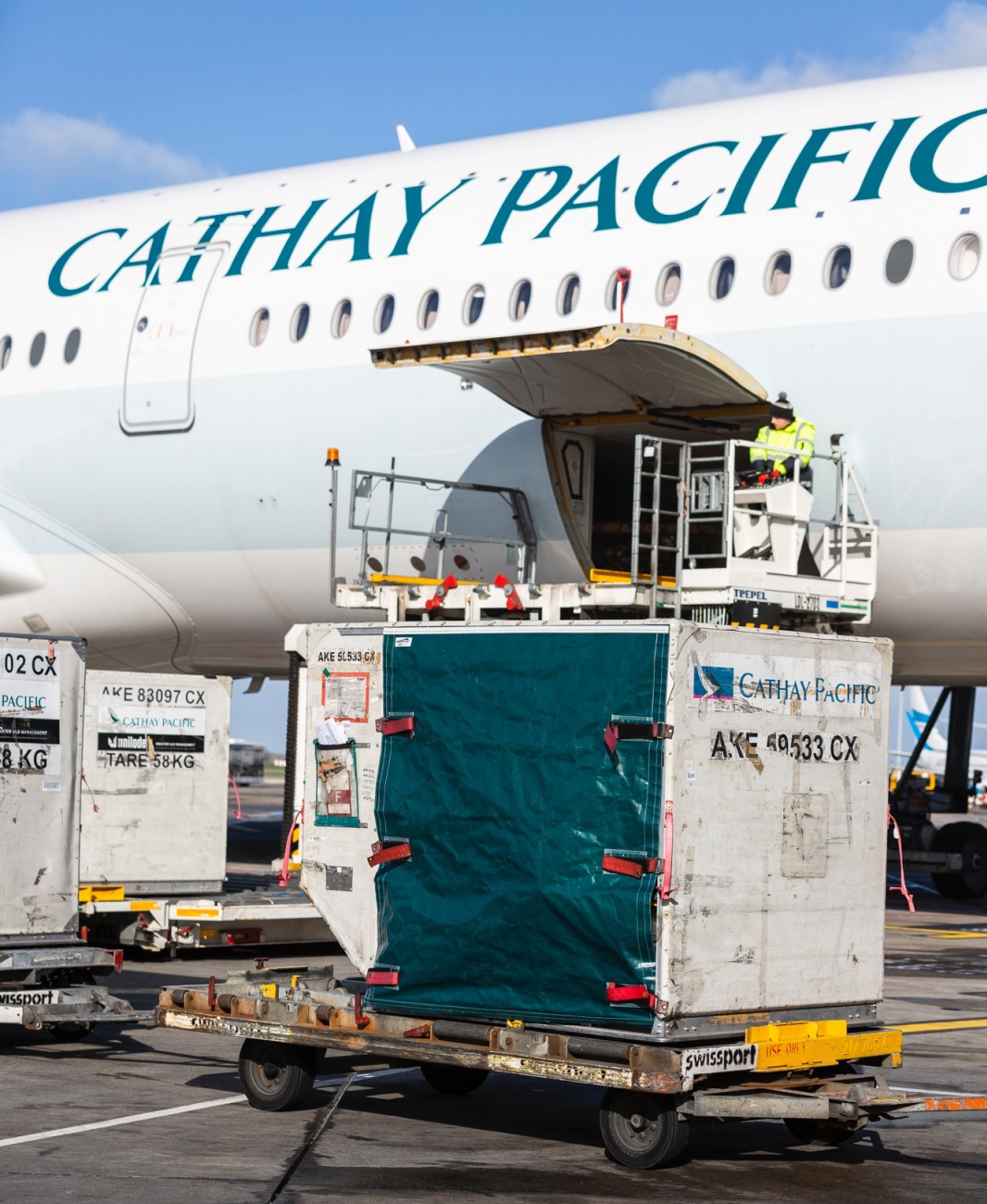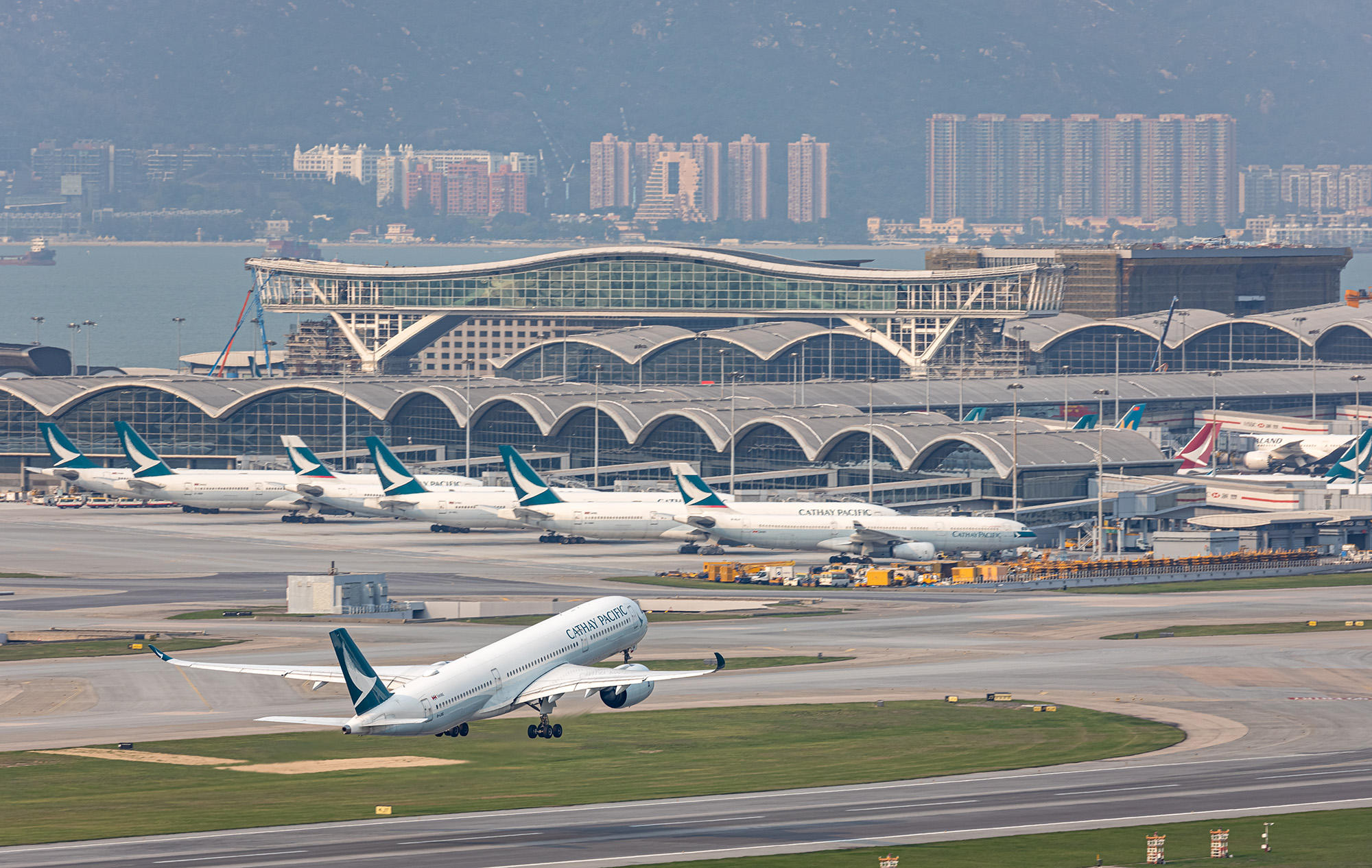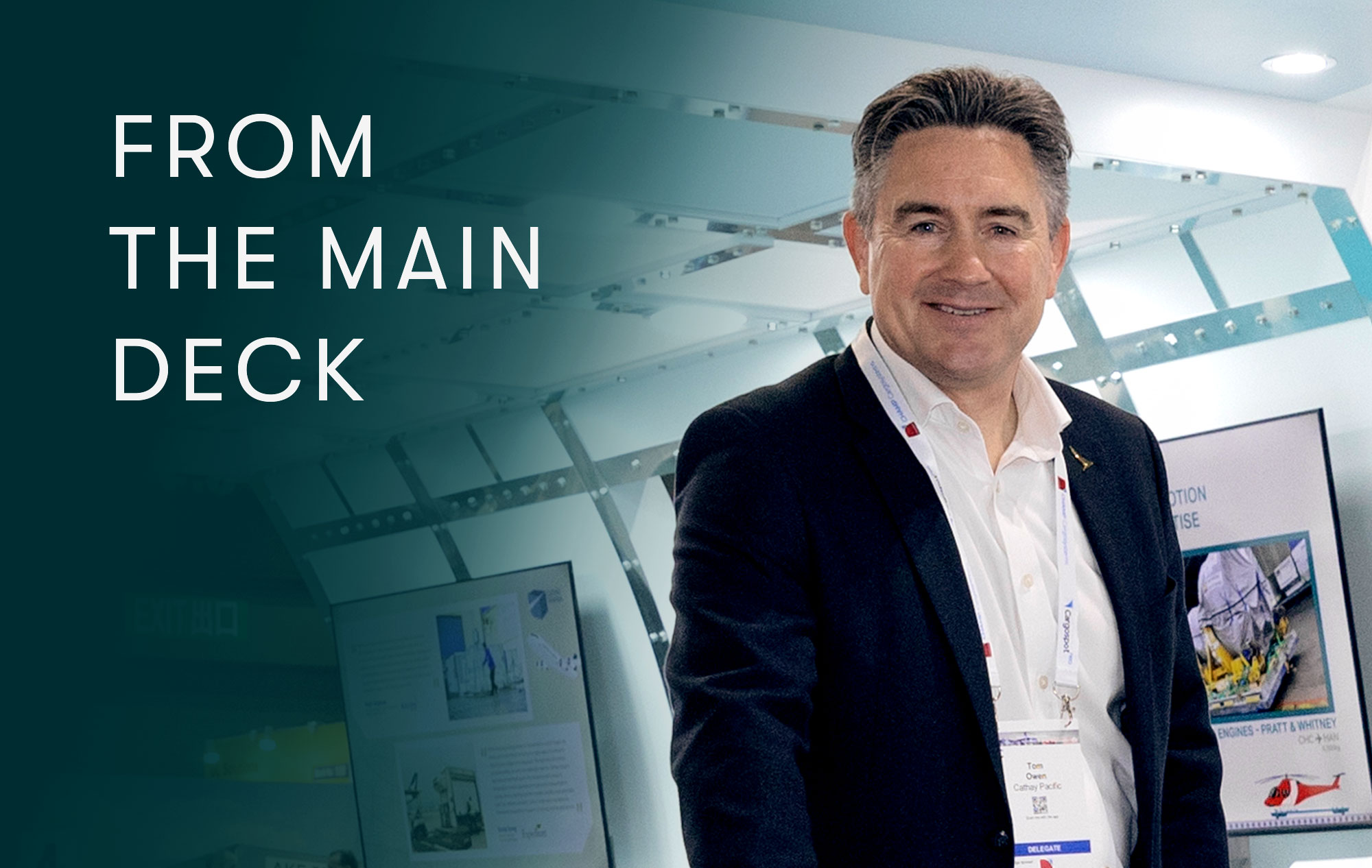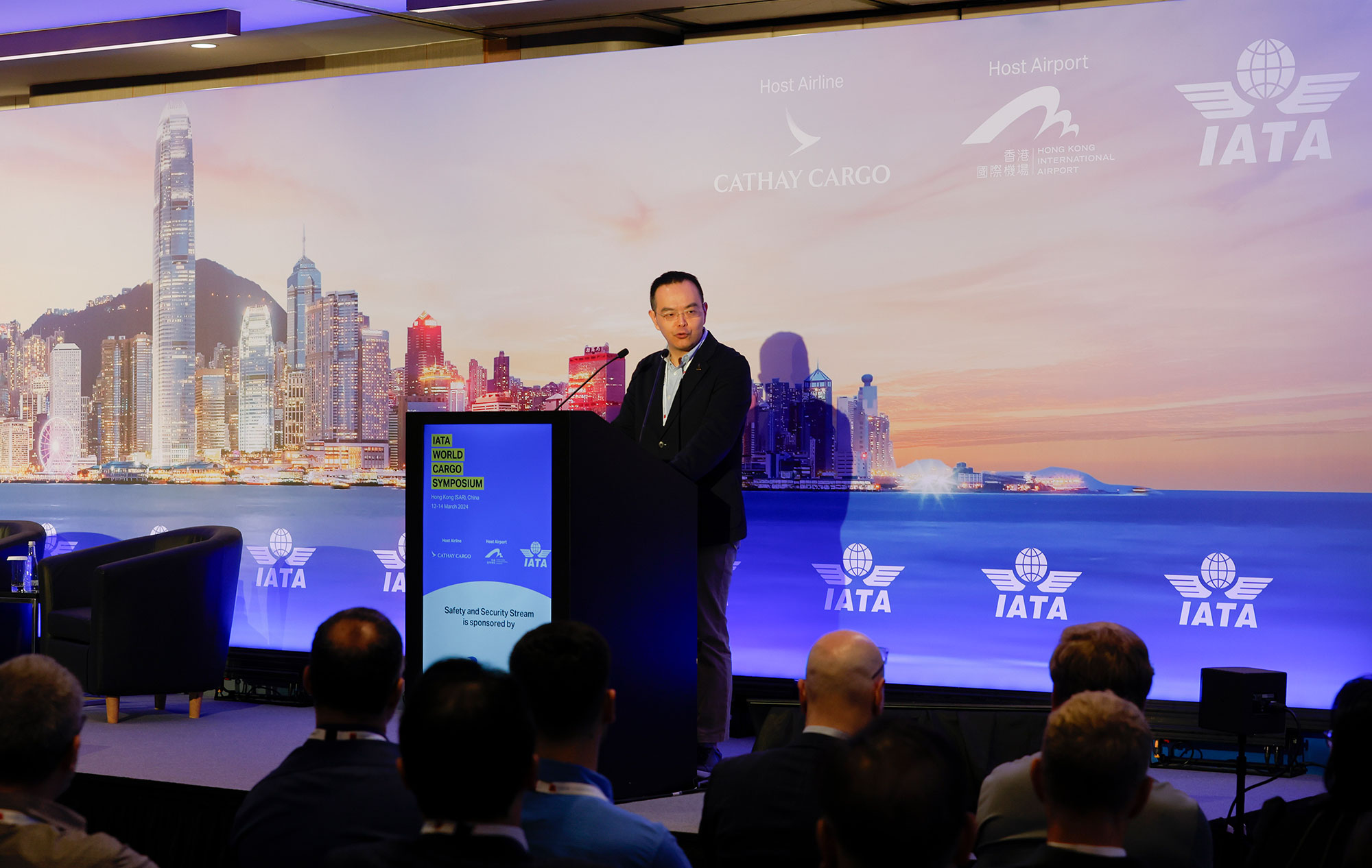How exciting was the launch of direct flights to Dublin?
Previously, we didn’t have direct flights to this part of the world, so Cathay Pacific has the distinct honour of being the first to connect Ireland directly to Asia. And in doing so, it strengthened a connection that was established in the early 1800s. Hong Kong is a place of huge Irish links. When I arrived here, I noticed all the Irish names on the street signs from their connections in Hong Kong administration – governors, colonial secretaries, judges and police officers. There were huge numbers that served in early Hong Kong and continue to serve right through to today. Back in those days, of course, it took a couple of months to get from Ireland to here. Now we can do it in a matter of hours.
What difference are the direct flights to Dublin having?
It’s opened the door in many different ways, and it’s like an onion. We’re still peeling the layers of potential from this flight in terms of opening up and trying to understand and appreciate what the potential is. It’s my job to see the full potential of the flight unfold, which will take a couple of years yet. Hong Kong is seen by many as a gateway into mainland China and Asia. From a business perspective, that offers a landing base for people to do business in the region. Ireland is perceived that way too. In the current climate around Brexit in particular, not only is Ireland the gateway into Europe, Ireland is also at the heart of Europe.

What will the flight’s benefits be from a cargo perspective?
There are four areas we would focus on from a business and cargo perspective. One is food – we have world-class food exports. Irish beef, I would argue, is the best in the world. The UK is our dominant market for beef, but depending on how Brexit evolves, the need to diversify markets is quite clear, and I think the opportunities the direct flight brings to this part of the world are huge.
Then there are some key products for which Cathay Pacific has particularly opened up the market – beef, lamb, but also seafood, especially oysters, razor clams and brown crab. Interestingly, this seafood was never part of the Irish food culture – we were more agrarian. Fifteen to 20 years ago, fishermen were hauling this stuff in not knowing what it was, and throwing it back into the sea. Some produce is exported frozen, so point-to-point contact by air is not as crucial, but live seafood really has developed as a market.
Our food is branded Origin Green, and this is a standard for high-quality food as well as sustainability. Our cattle are grass-fed. They’re outdoors at least 10 months of the year, so they’re on Irish pastures eating grass the way nature intended.
What are the sectors beyond produce?
Ireland is the sixth-largest exporter of pharmaceuticals in the world and home to 75 pharmaceutical companies – including the top 10 in the world. Because of the protection we offer for research and development, it means a lot of the intellectual property and R&D by pharma companies is done in Ireland. Pharma is a huge part of our export suite, with major multinational investment. A lot of it is European and American, but I think the next evolution of that will be Asian investment overseas.
Our IT sector has become really strong over 40 years. We’ve seen the big IT companies investing in Ireland – Dell set up its European manufacturing centre in 1991. We have seen similar companies employing many, many people. Ireland is home to the top 10 “born on the internet” companies , which include Facebook, Google, LinkedIn and Paypal. A generation of people grew up in this IT ecosystem, and that evolved into a whole entrepreneurial scene. So a new wave of fintech companies is evolving which is very important – as it is here in Hong Kong – so there’s another link.
What else has the direct flight to Dublin achieved?
You can look at it in a very narrow sense as just a route to market for Irish produce, but it’s much more than that. The connectivity is increasing the understanding between two regions, and starting with increased tourists and business travel, we are starting to see opportunities and potential we had not previously seen. For Hong Kong tourists to Ireland and mainland Chinese in the wider Greater Bay Area, they will find diverse experiences ranging from Ireland’s ancient east – Newgrange’s passage tomb is older than Stonehenge and the Pyramids of Giza – to the Wild Atlantic Way, one of the world’s longest defined coastal routes.
Irish visitors to Hong Kong will discover a place with deep and rich Irish connections. Being able to hop on a flight at midnight and get off the plane at 7am changes the way we engage. There’s so much potential that’s untapped and unknown, and that just comes from people landing in a new city and getting inspired by what they see.

Our job here at the consulate is to build connectivity at the government level, and that creates opportunities for business-to-business connections. And it’s a two-way process as well – we’re working to promote Ireland as a destination for this region, so travellers from Hong Kong and the Greater Bay Area who take the direct flights to Dublin will see a culturally different proposition. We’ll also promote Ireland as a destination to learn English, and as a destination for university students, who in turn, will see the value of the rich and layered history that Ireland offers.








